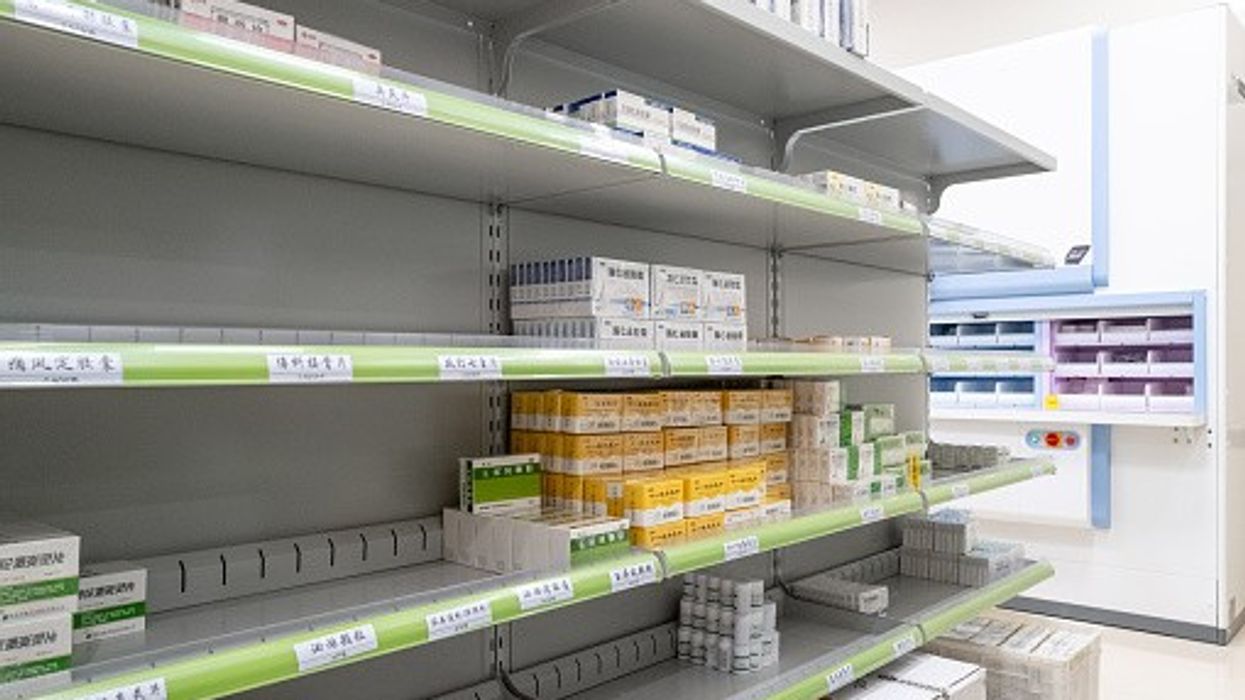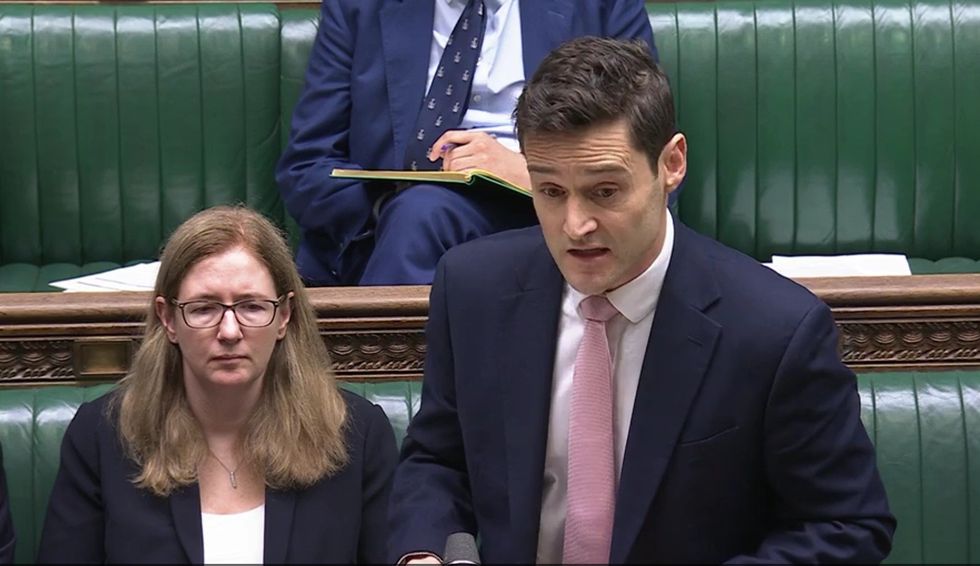In a new draft guidance, the National Institute for Health and Care Excellence (NICE) has recommended new diagnostic devices for men with suspected prostate cancer.
The new guidance looked at local anaesthetic transperineal (LATP) prostate biopsy, using the freehand needle positioning devices PrecisionPoint, EZU-PA3U device, Trinity Perine Grid, and UA1232 puncture attachment to help diagnose prostate cancer.
The move is expected to benefit many as prostate cancer is the most diagnosed cancer in men in the UK, with a higher risk among people of African origin or those with a family history of prostate cancer.
Currently, NICE guidance offers a multiparametric MRI as the first-line investigation.
In case prostate cancer is suspected based on the MRI image, biopsy is offered to collect and analyse samples for prostate.
NICE has suggested the LATP biopsy as it greatly reduces the risk of biopsy-related sepsis, reducing hospital admissions and the need for preventive antibiotics.
Besides, the economic modelling showed that LATP is likely to be a cost-effective use of NHS resources.
Dr Mark Kroese, chair of the NICE diagnostics advisory committee, said the committee heard from patient experts about their concerns related to risk of infection, the severity and duration of side effects.
“LATP using a freehand needle positioning device for taking a prostate biopsy should reduce unnecessary infections and therefore antibiotic use, benefitting both the patient and the NHS.”
NICE also encouraged clinicians to ask people with suspected prostate cancer to sign up to the ongoing TRANSLATE clinical trial which will provide further comparative evidence on prostate biopsy tests.
A consultation on the draft guidance has begun and comments are solicited until March 8, 2022.















 Shadow health minister Dr. Luke Evans
Shadow health minister Dr. Luke Evans  Labour MP for Warrington South, Sarah Hall
Labour MP for Warrington South, Sarah Hall Rishi Sunak, Conservative MP for Richmond and Northallerton
Rishi Sunak, Conservative MP for Richmond and Northallerton

